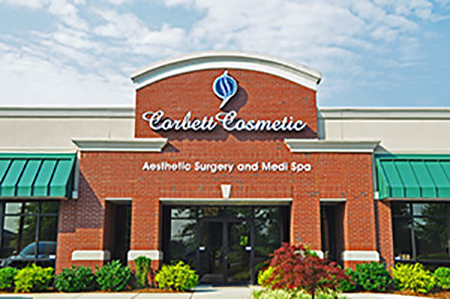Yesterday I performed a Breast Reduction using Liposuction only. To my surprise, the OR nursing staff was unaware this was possible. So I figured if they were unaware it was possible, most people probably are. So lets talk about it.
Why it works: Well, breasts are normally made up of glandular milk producing breast tissue AND fat. In fact, for many women, the breast is a preferred fat storage site. So, we are able to use liposuction to remove the fatty component of the breast. This can be done with one or two very small incisions instead of the typical larger more noticeable breast incisions.
Limitations: There are limitations to the procedure being done this way. First, you cannot get as much skin tightening this way and you cannot lift the breast as well as with a traditional reduction. Secondly, you cannot suction out the glandular breast tissue component, only the fat component. So gauging final breast size is more challenging.
In the end, it is a very effective technique that replaces the significant scaring of a traditional reduction with almost no scars yet still effectively can reduce the breast.
To learn more contact our East Louisville office at 502-721-0330
Lee E Corbett MD
Medical Director Corbett Cosmetic Aesthetic Surgery and Med Spa



